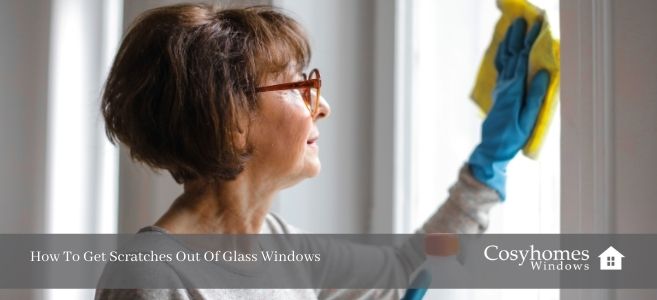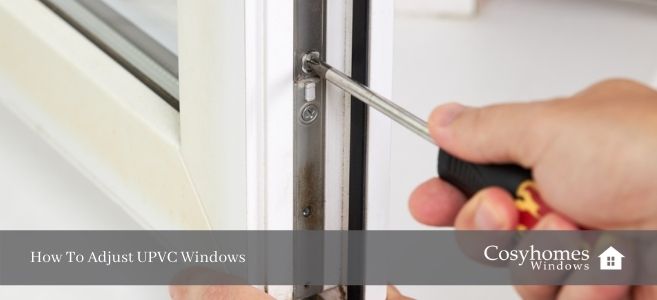When you think of the glass in your home windows, clear double-glazed windows may be the first type that comes to mind. In rooms where you may want more privacy though, such as your bathroom, textured glass is a popular choice.
This privacy glass is called stippolyte glass. In this article, we look at the many benefits of this type of glass, the different styles available, and where you might install this in your home. Read on to learn more.
What is stippolyte glass?
Stippolyte glass is a frosted type of glass that is often used to create high obscuration of the room from the outside looking in. It distorts light as it hits the window and is a particularly good choice for bathrooms.
Another room that you could use this in is a downstairs toilet if you have one. Particularly good if the toilet is street-facing. It’s also often installed in UPVC front doors. The frosted effect will make the interior blurry, soft, and undefined. Privacy guaranteed!
Pros and Cons
If you’re considering stippolyte glass for your home, it’s worth knowing the pros and cons of these types of glass panels.
Pros
- Privacy – The most obvious benefit is of course privacy. Stippolyte is an obscure glass and will create privacy in any room that you choose to install it.
- Noise reduction – This is an advantage in rooms such as a downstairs toilet as it will reduce the noise of a noisy toilet.
- Energy efficient – Double-glazed stippolyte glass creates good insulation, making it energy efficient. They can also reduce condensation which is great in bathrooms where this can be a real problem.
- Mould reduction – Mould can cause many health problems and make it harder to keep your windows clean. Installing double glazed stippolyte glass in rooms where there is a lot of moisture, such as your bathroom or shower room, will reduce the possibility of mould occurring.
- Styles to suit your preference – Choose from either 4mm or 6mm glass thickness and a pattern to suit your home – from acid-etched glazing to frosted and floral.
Cons
- Cost – Stippolyte glass can be expensive.
- Too much privacy! – By this, we mean you may actually want to see the other side of the glass. For example, if you have this installed on your front door it makes it harder to know who is there – not so good if you want to avoid cold callers!
Expert help and advice
As a homeowner, it can be a big investment to change your windows. If you’re wondering whether it is worth it or what the best option would be, we’re happy to offer our expertise. Our highly-skilled team can talk through your needs and advise you on the best option for your home.
We hope that you’ve found this article useful and please do contact us with any questions, or to arrange a consultation.























